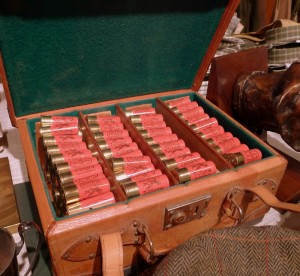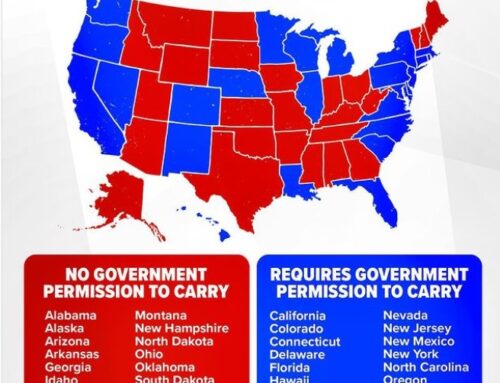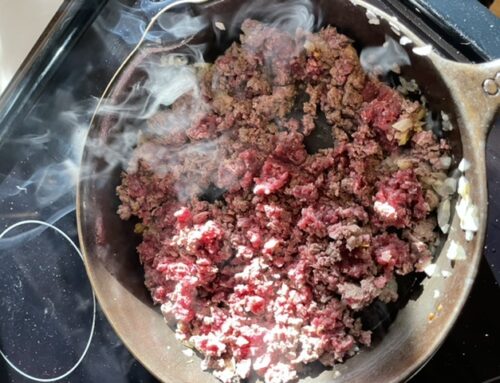
Most think that paper was the original casing material to be used in shotshell making, but this is not the case. Paper came as a close second, making it onto the scene in the 1870. Paper shells were preceded by brass shells, which would last forever, but were difficult to machine and expensive to manufacture, even back then.
Paper hulls are wound into tubes, impregnated with wax. The center fire mechanism was evolved from the pinfire mechanism by a Frenchman. Most agree that paper shells shoot “softer” (with less felt recoil) than their plastic brothers. They even smell better, which is a tribute to the slightly different powder used by most manufacturers and they don’t litter plastic wads everywhere. The only downside, which is a serious one, is that paper shells are waxed but not waterproof, which can create swelling and safety issues, and have a short reloading life.
You still find some shooters who use paper constructed shot shells, but numbers are dwindling, due to safety concerns, great costs of finding these shells, and rapidly decreasing availability. Most buy them for their chambering sizes, which are often still for the shorter British 2″ or 2 1/2″ chambers, instead of the modern 2 3/4″. Chamber sizes is another debate, but just for fun, measure one of your American shells, it’s 2 1/2″, as the 2 and 3/4 size is measured before the shell is crimped, as is true with all shells. Check your manufacturer’s instructions before using any shells in a shotgun, as too big or too small of chamber size shells can pose a serious safety issue.



